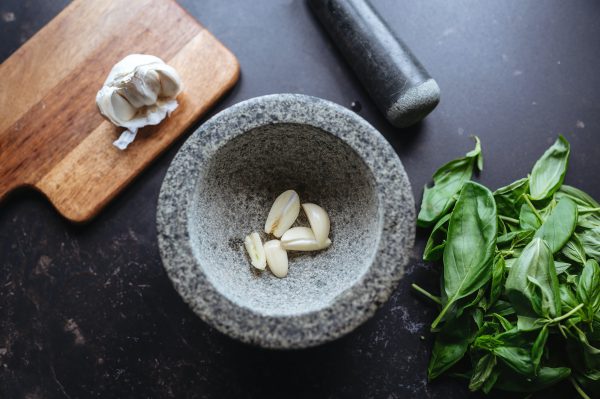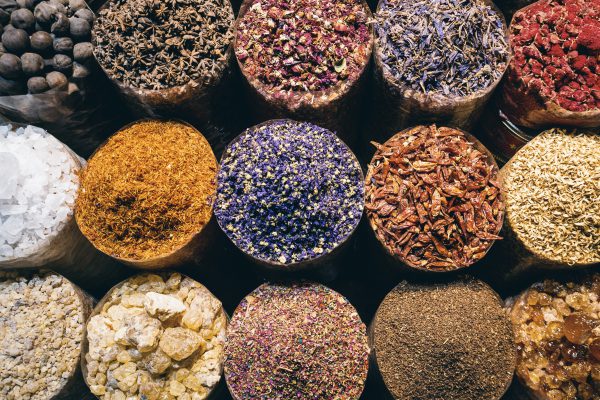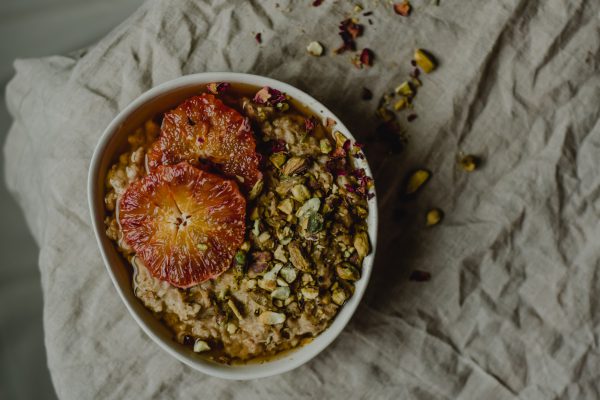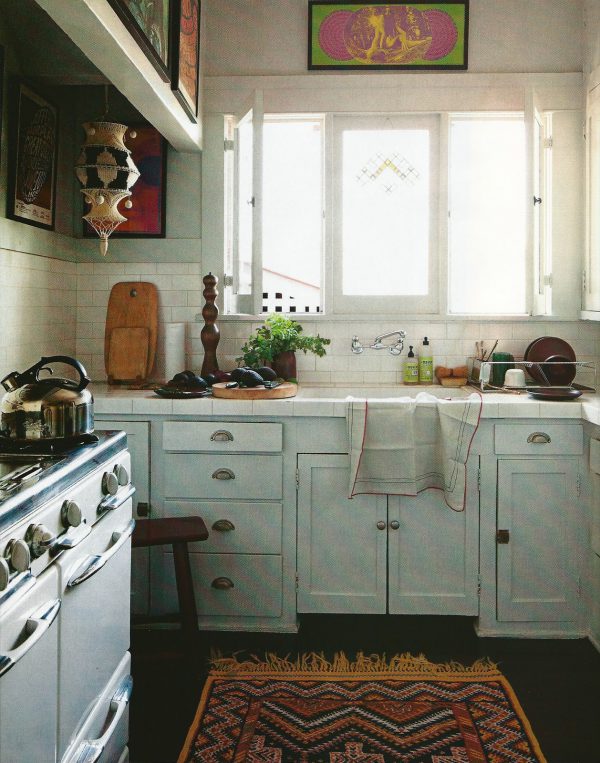Last Updated on May 27, 2022
A mortar and pestle are one of the best tools you can have in your kitchen. It can be helpful in all kinds of recipes, but it’s instrumental in cooking with spices and making your own spice blends. You can use it to grind spices for curries, the aromatic duo of ginger and garlic, and chili peppers for salsa. You can make your own homemade spice mixes or use it to mash together sauces and marinades. But before you get started pounding ingredients, you need to know how to season a new mortar and pestle.
Types of Mortar and Pestle
The logic behind a mortar and pestle is pretty simple. Smashing things must be one of the earliest discoveries in culinary art. For this reason, there is a kind of mortar and pestle in every culture. Check out our guides on the best mortar and pestles, and how to choose the one for you to learn more about the different types. The gist of it is this: mortar and pestles can come in many different materials and shapes, and how you care for your set will depend on that.
Mortar and pestles that are made of smooth materials such as copper or marble won’t require any special care. But if you get yourself a natural stone mortar and pestle with some natural texture on it, such as granite or volcanic rock, you’ll need to follow some steps to unlock its potential.
If you just bought a new set, you might have noticed that your brand new mortar and pestle doesn’t quite look like that well-used one you say your favorite chef using. That’s because, to make the best out of your new natural stone mortar and pestle, you need to cure — or season — it properly before starting to use it.
Once you do that, your brand new mortar and pestle will start looking slightly darker and smoother, which is precisely what you want.
Why Season and Cure a Mortar and Pestle?
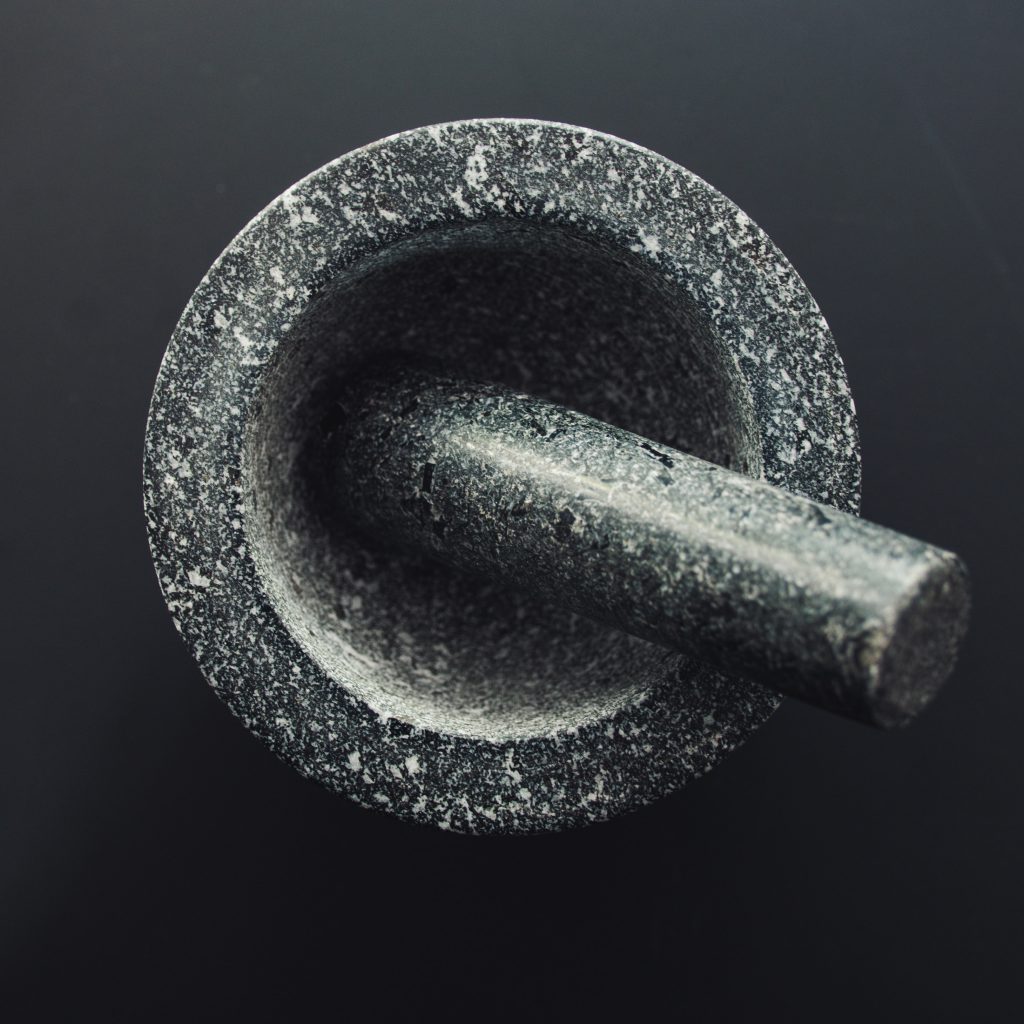
There are many different mortar and pestles around the world, and they can be made from many different materials. You can find them in brass, marble, wood, or even ceramic. But today, we’ll mostly be talking about natural stones, or more specifically granite ones.
The natural rock mortar and pestle is a wonderful kitchen tool because the textured, porous surface of the natural stone is more effective in getting your ingredients to release all of their beautiful aromas in the paste you’re making. However, the fact it’s natural stone also makes this type of mortar and pestle intimidating for some, as it looks like it’s impossible to clean.
While rinsing is enough before using most of the smoother types of mortar and pestle, such as those made from marble or stainless steel, a granite mortar and pestle needs to be seasoned or cured. As you continue to use your mortar and pestle, its surface will become smoother, thanks to all the grinding you do in it. But, in the meantime, the particles that fall off from the stone might get into your food. To prevent this, it’s advised to grind hard pieces in the mortar and pestle to sort of sand it down before you do anything else.
Curing and seasoning is the process of making your mortar and pestle ready for use by smoothing out its surface and removing the dust and grit from the stone.
What Are Curing and Seasoning?
The terms curing and seasoning are often used interchangeably as both contribute to the other’s goal, but you can think of curing as “smoothing out” and seasoning as “adding aromatic scents” to your mortar and pestle. When you get one —if you didn’t get it from a flea market— it’ll include instructions for curing and seasoning. But even if it doesn’t come with instructions, don’t fret; here, we’ll walk you through how to do both with ease.
The recipe for curing and seasoning usually includes rice, garlic, cumin seeds, and salt and pepper. The hard rice pieces rub-down the porous surface, and the garlic acts as a flavorful glue to remove the sand and small pieces of rocks from the surface. Lastly, cumin, salt, and pepper help you sand down the surface to perfection.
How to Cure a Granite Mortar and Pestle
- Start with scrubbing your brand new mortar and pestle in the sink to remove any residue from when it was produced that might still be there.
- Let it somewhere breezy so it can dry fully.
- Once clean and dry, cover the bottom of your mortar with rice; this will take up about half a cup, depending on the size of your mortar.
- Grind the grains spiritedly, making sure to go all the way up the sides of the mortar. As the tiny particles fall off from the surface of your mortar, they’ll make the rice look darker. Continue until you get completely white rice flour.
Once you’re done with the initial rubbing down of the mortar with rice and you are at the rice flour stage, it’s time to add the aromatics.
- Empty the mortar and throw about 5 peeled garlic cloves in it. You can eyeball this amount depending on the size of your mortar.
- Add a teaspoon of cumin seeds, rock salt, and black pepper seeds and grind them until you obtain a smoothish uniform garlic-cumin-salt-pepper paste.
- Throw away this paste — don’t think about using it in a dish since it contains finer natural stone particles
- Rinse your mortar under running water and let it dry by itself.
How to Cure a Molcajete
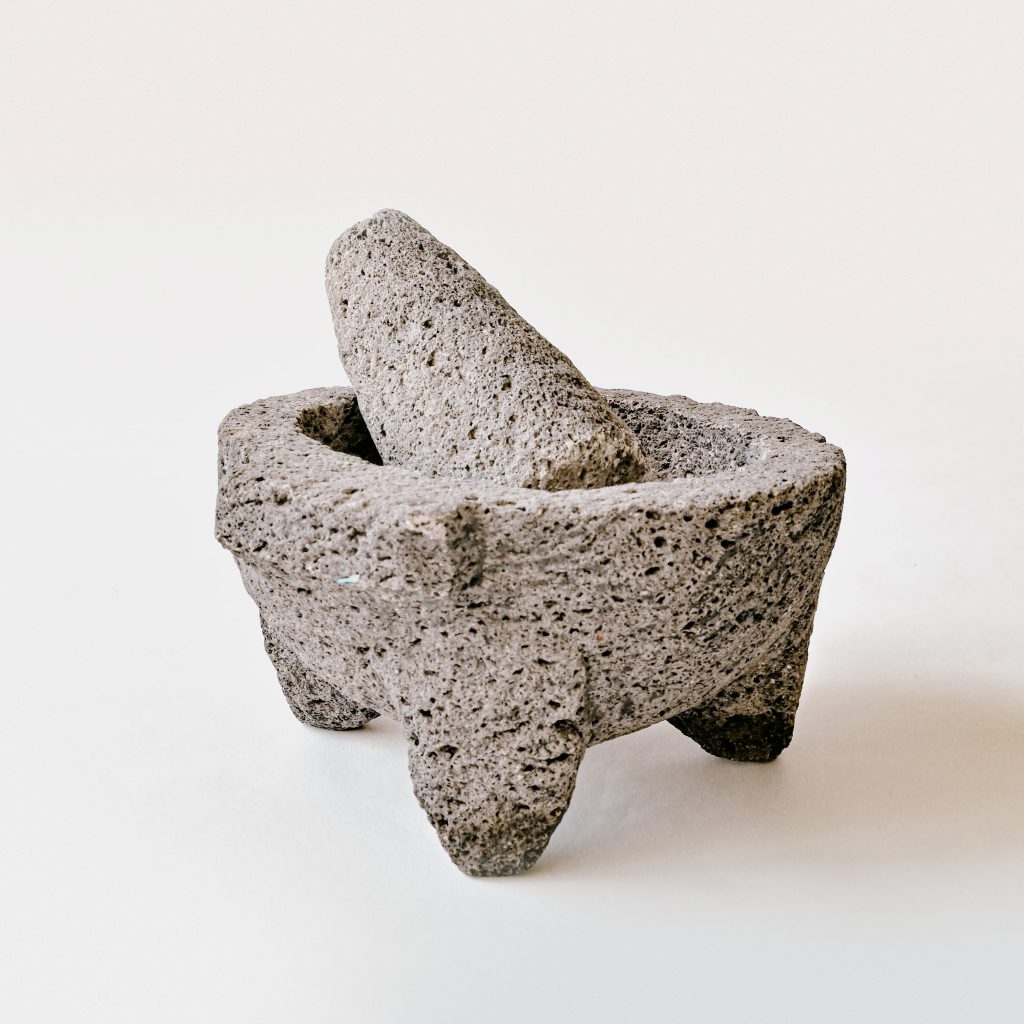
Curing a molcajete is the same as curing a granite mortar and pestle, with one slight difference. The volcanic rock (or sometimes cement) that molcajetes are made of is not as rigid as granite stone. For this reason, you need to make sure you scrub your pestle on your molcajete — again, all the way up to the sides — but don’t pound the pestle on the molcajete, or you might crack it in half.
Once you’re done with the first step of rubbing it down with rice, you’ll notice that both your mortar and pestle feel more polished to the touch. And that’s precisely what we want from it because by curing and seasoning our mortar and pestles, we make sure none of that rock will ever come out into your food.
Have Fun with Your Mortar and Pestle
Once you finish seasoning it for the first time, you’ll notice that your mortar and pestle or molcajete look similar to the ones that chefs on your favorite cooking shows are using. Now that your mortar and pestle or molcajete is appropriately cured, it’s just waiting for you to put it to good use — to make a delicious authentic Thai curry paste, salsa, guacamole, or any other mortar-and-pestle recipe you’ve been dying to try!


